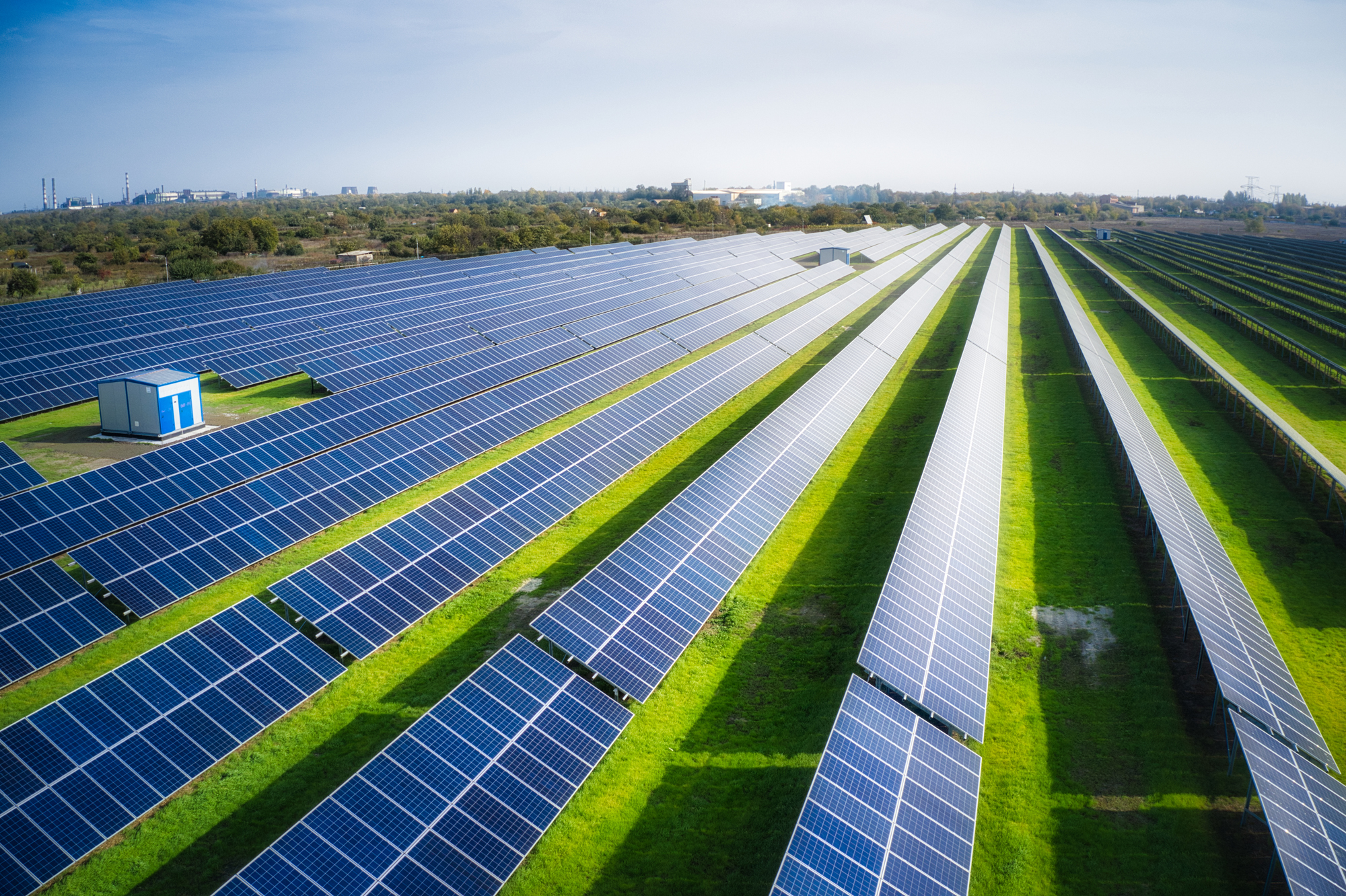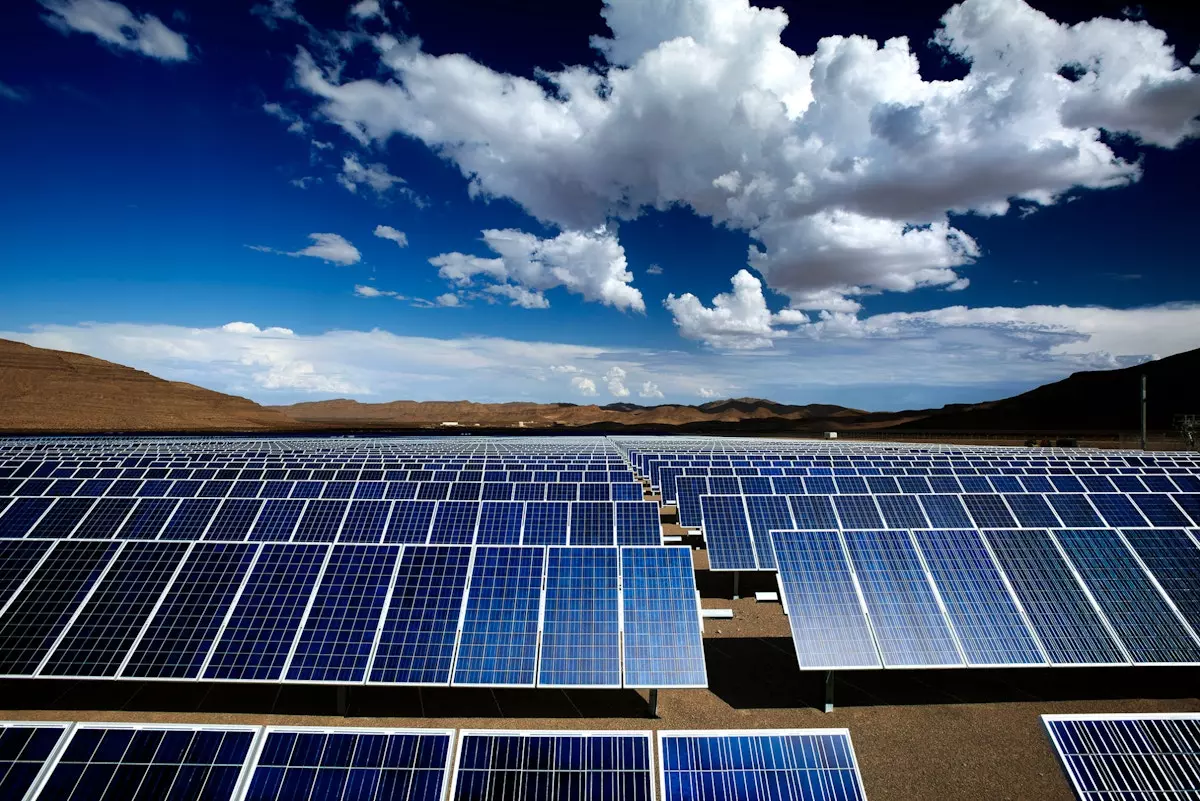Contents
- 1 The Importance of Solar Electricity in the Energy Future
- 1.1 Need for Solar Electricity
- 1.2 Challenges of Fossil Fuels
- 1.3 Rise of Renewable Energy
- 1.4 Photovoltaic Systems
- 1.5 Cell Efficiency and Inverters
- 1.6 Historical Development and Success of Subsidies
- 1.7 Energy Storage Challenge
- 1.8 Land Use and Efficiency
- 1.9 Embodied Energy and Energy Payback Time
- 1.10 Conclusion

Source: PVcase
The Importance of Solar Electricity in the Energy Future
Need for Solar Electricity
The increasing global energy needs, particularly for electricity, have highlighted the importance of transitioning to sustainable energy sources. Fossil fuels, the primary source of energy for many years, pose significant environmental and climate challenges that necessitate a rapid phase-out.
Challenges of Fossil Fuels
The use of fossil fuels contributes to air pollution, environmental degradation, and the climate crisis. The urgent need to address these issues, along with reducing dependence on unstable oil and gas states, underscores the importance of transitioning to cleaner energy sources.
Rise of Renewable Energy
Renewable energy, particularly solar power generation through photovoltaics, has emerged as a viable alternative to fossil fuels. The rapid advancements in solar technology have made it a cost-effective and sustainable option for meeting energy needs.
Photovoltaic Systems
Solar power generation involves the use of photovoltaic systems, which convert sunlight into electricity. These systems typically consist of solar modules, inverters, and additional electronic devices to monitor and optimize operation.
Cell Efficiency and Inverters
High conversion efficiency of photovoltaic cells is crucial for maximizing energy production. Inverters play a key role in converting the direct current generated by solar cells into usable alternating current for the grid.
Historical Development and Success of Subsidies
The initial high costs of photovoltaic technology were overcome through government subsidies and incentives, leading to widespread adoption and cost reductions. The success of subsidy programs has made solar power generation accessible and affordable globally.
Energy Storage Challenge
One of the main challenges of solar power generation is energy storage, as sunlight availability fluctuates. Solutions such as energy storage technologies and increased demand flexibility are being explored to overcome this limitation.
Land Use and Efficiency
Solar energy requires larger land areas compared to conventional power plants, but advancements in technology have made it a viable and efficient energy source. Solar energy is more land-use efficient than biofuels and offers a sustainable solution for meeting electricity demands.
Embodied Energy and Energy Payback Time
The energy payback time of solar PV systems has significantly decreased due to technological advancements, making them a sustainable energy option. Manufacturers are increasingly adopting renewable energy sources for their operations to reduce embodied energy and environmental impact.
Conclusion
Solar electricity, generated through photovoltaic systems, is a crucial component of the world’s energy future. The transition to renewable energy sources, particularly solar power, is essential for addressing environmental challenges, reducing dependence on fossil fuels, and ensuring a sustainable energy supply for future generations.

Source: Dawnice
Feel free to comment your thoughts.



